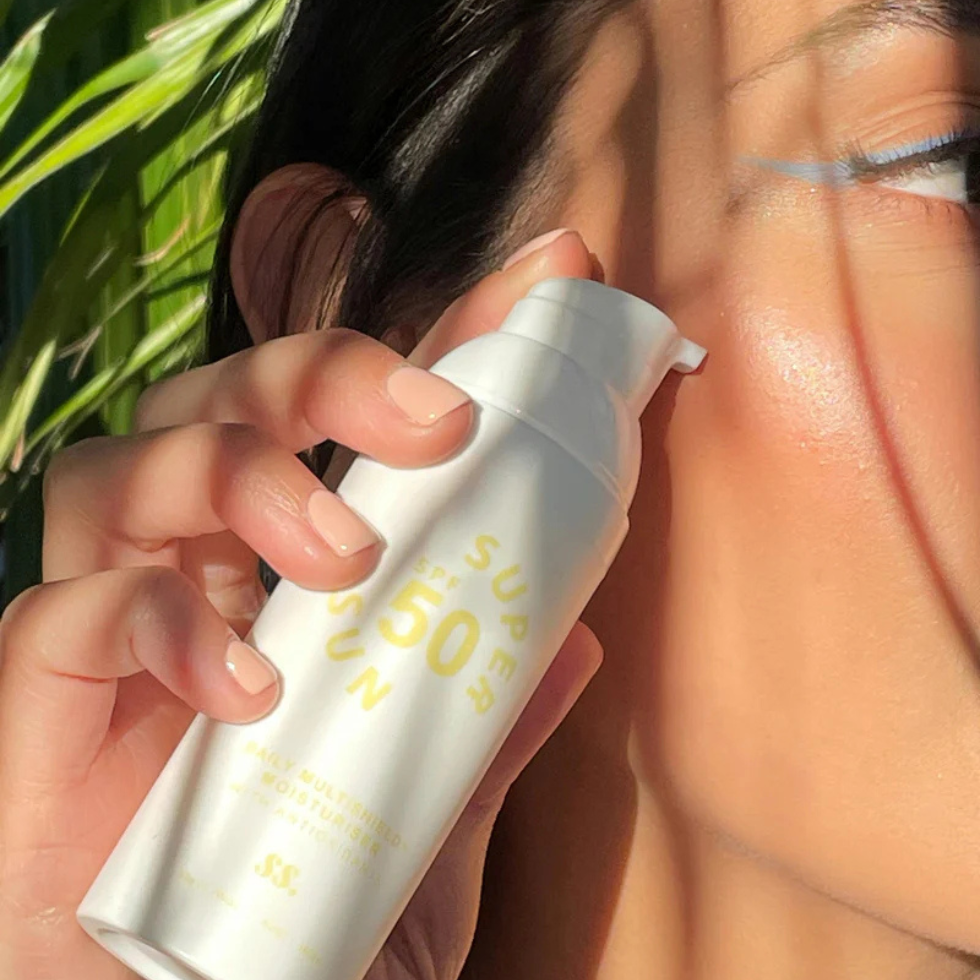A tan is often synonymous with holidays, golden skin, and a healthy glow. However, for a successful, even, and safe tan, it must be accompanied by appropriate steps at each stage of sun exposure. Preparing your skin, protecting it effectively, and caring for it afterward: these are the keys to a radiant and long-lasting tan without jeopardizing your skin's health.
In this article, discover all the essential steps to follow before, during and after sun exposure to achieve a tanned complexion and keep skin supple, hydrated and radiant.
Before sun exposure: prepare your skin for an even tan
A successful tan always starts before the first exposure. Preparing your skin allows you to obtain a more even, longer-lasting result, and above all, minimizes the risk of sunburn.
Gently exfoliate the skin
Before sunbathing, it's important to remove the dead skin cells that accumulate on the surface of your skin. A gentle scrub , done once or twice a week, will give you smooth skin, ready for an even tan.
Opt for natural exfoliants, such as those made from sugar or kernel powder, and avoid overly abrasive products.
Deeply hydrate the skin
Well-hydrated skin is more resistant to sun damage and tans more evenly. Apply a rich moisturizer daily, containing nourishing ingredients (hyaluronic acid, shea butter, plant oils), and drink enough water to maintain good hydration from within.
Focus on a diet rich in antioxidants.
Certain foods naturally prepare the skin for the sun. Fruits and vegetables rich in beta-carotene (carrots, sweet potatoes, apricots), vitamins C and E, or the omega-3 fatty acids found in oily fish are excellent allies for strengthening the skin and improving the quality of a tan.
Take a course of sun supplements
Sun-related dietary supplements can be helpful as a preventative measure, especially if you have fair or sensitive skin. They often contain beta-carotene, lycopene, and antioxidant vitamins, which help the skin better withstand UV rays. Start taking them 15 days before your trip to the sun.
Avoid photosensitizing products
Some cosmetic products can cause reactions to the sun (alcoholic perfumes, essential oils, exfoliating acids, etc.). It's best to avoid them a few days before and during sun exposure to prevent sensitizing your skin.
During sun exposure: adopt the right techniques for safe tanning
Sun exposure should be gradual, moderate, and accompanied by protective skincare products suited to your skin type. This is the only way to achieve a beautiful tan without burning or dehydration.
Apply appropriate sun protection
Choose a broad-spectrum sunscreen (UVA + UVB) with an SPF rating suited to your skin tone (minimum 30 if you have fair skin). Apply it 30 minutes before sun exposure and reapply every two hours, as well as after swimming.
Don't forget sensitive areas: ears, neck, feet, lips, etc.
Exposing oneself intelligently
Avoid the sun between noon and 4 p.m., when UV rays are strongest. Opt for sun exposure in the early morning or late afternoon, and limit the time spent in direct sunlight, especially during the first few days.
Alternate between sun and shaded areas to allow your skin time to adjust.
Drink plenty of water
Sun exposure dehydrates the body and skin. Drink regularly, even if you don't feel thirsty, to maintain good internal hydration. Supplement this with water-rich fruits like watermelon or melon.
Opt for light and refreshing textures
In hot weather, use sunscreen gels, fluid lotions, or sprays to avoid a sticky feeling. Don't hesitate to refresh your skin with thermal water or a hydrating mist during the day.
After sun exposure: caring for and prolonging your tan
After each sun exposure, the skin needs comfort. It's the perfect time to soothe it, repair it, and enhance your tan.
Cleanse the skin gently
Take a lukewarm shower to wash away salt, sand, or chlorine. Use a gentle, soap-free shower gel or nourishing shower oil. Pat your skin dry with a soft towel.
Apply after-sun lotion
Essential after-sun care soothes burning sensations, rehydrates the skin, and prevents peeling. Choose a product rich in soothing and repairing ingredients such as aloe vera, calendula, shea butter, or jojoba oil.
Apply it generously as soon as you return from the beach, and every evening throughout your vacation.
Providing targeted care for your skin
Once or twice a week, use a hydrating face mask , especially if you have sensitive or reactive skin. For your body, you can use a nourishing balm or a plant-based oil (coconut, apricot, argan, etc.) to enhance your tan.
Hydrate again… and again
Hydration is key to a long-lasting tan. Continue to moisturize your body morning and night, even after your vacation is over. This helps keep your skin supple, prevents peeling, and maintains a radiant complexion for longer.
Use a tan-extending treatment
Some after-sun products contain a light self-tanning agent that prolongs the radiance of your natural tan. They help intensify and maintain your tan, while also moisturizing your skin.
In summary
Tanning should never come at the expense of your skin's health. Preparing your skin, protecting it with suitable products, keeping it well-hydrated, and using restorative treatments are the secrets to a natural, gradual, and long-lasting tan.
By taking care of your skin before, during and after sun exposure , you will keep it supple, radiant and healthy all summer long… and even after!





Leave a comment
All comments are moderated before being published.
This site is protected by hCaptcha and the hCaptcha Privacy Policy and Terms of Service apply.